5. Aston Martin DB11
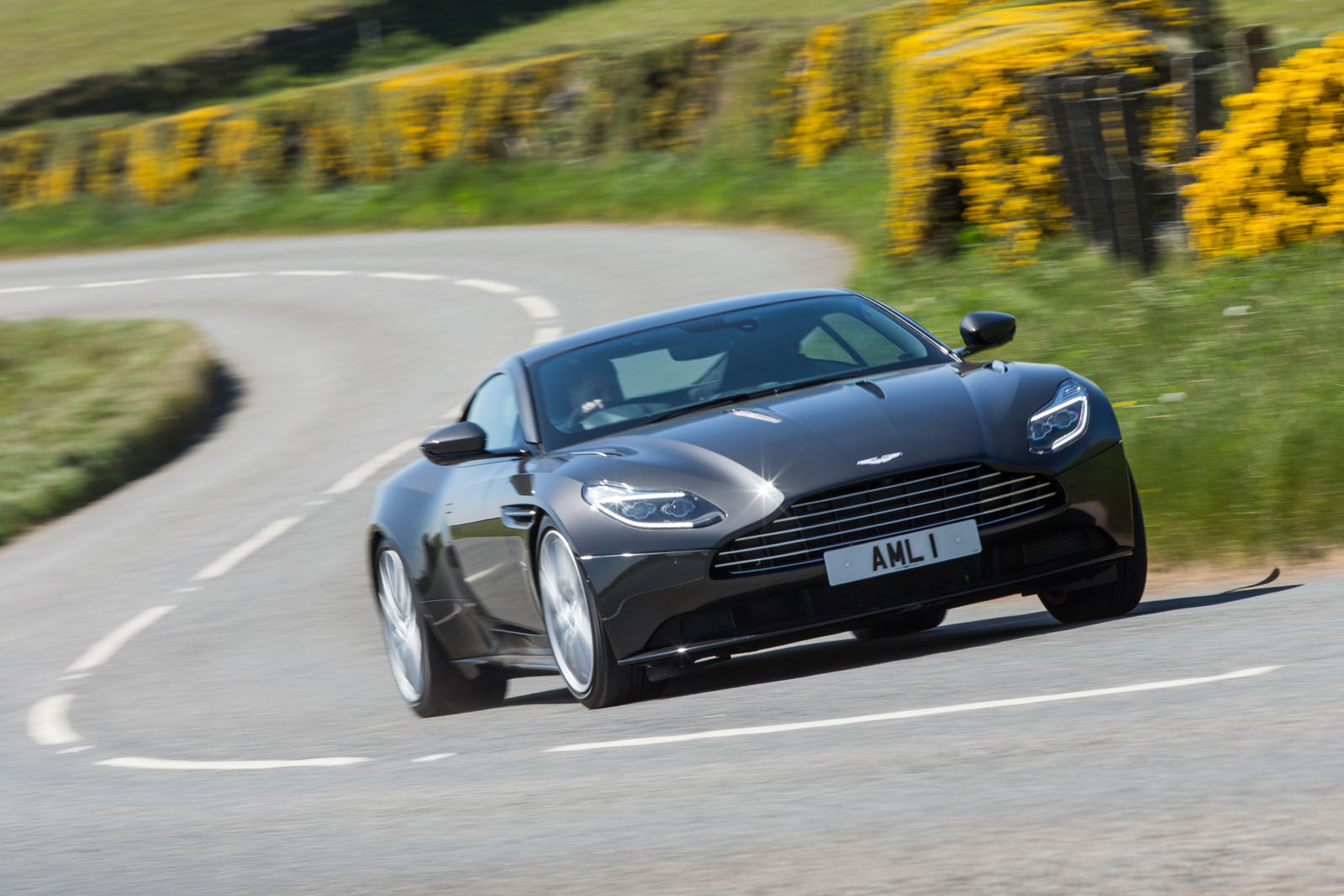
Any auto producer that can keep a vehicle idea as magnificent and behind the times as the front-engined, 12-barrel, 2+2, Great British, terrific visiting roadster fit as a fiddle in this upside down 21st century merits specific acclaim. However, one that can refresh it, as Aston Martin has with the DB11 – expanding on practically every critical quality that Astons have exchanged on for quite a long time, before including new ones and making the subsequent auto feel both fresh out of the box new and warmly commonplace – has accomplished more than make an auto. It has saved an animal varieties.
The truly glorious thing about the DB11 is that it exists by any means, obviously. Aston Martin's business has consumed through the fortunes of a lot of well off aficionados over its time of history and under new manager Andy Palmer despite everything it needs to demonstrate that it can reliably turn a benefit and pay back its loan bosses. However, the punt was taken in any case: a sharp admission of breath was made and the ability and mastery of an affectionate organization in the English Midlands was upheld.
The DB11 is the thing that has been created. Also, it's radiant, also an "appropriate" Aston Martin. It is rich and enticing in the way that its V12 sounds, but recently energetic in the earnestness of its pace. It is more supple-riding, agreeable and since quite a while ago legged than any DB auto ever, but additionally fit for setting a benchmark lap around MIRA's Dunlop circuit that is a nearer coordinate for that of a Porsche 911 Turbo S than a Bentley Continental GT3-R. Also, it is so much preferred designated and better prepared over the autos worked under Ford's responsibility for Martin that the correlation is stark, without a doubt. The DB11 is effortlessly the best single stride advances that its creator has yet taken.
In a modest bunch of ways, the auto demonstrates opportunity to get better, which is the reason it has quite recently made our best five as opposed to commanding it. However, you can make sure that Aston Martin will have sufficient energy to make those changes, what with the model life expectancy of a run of the mill DB auto being about twice that of a 911. Thus when Autocar does its '50 best autos of 2027', don't be shocked if this car blueblood is still in it.
4. Volkswagen Golf R
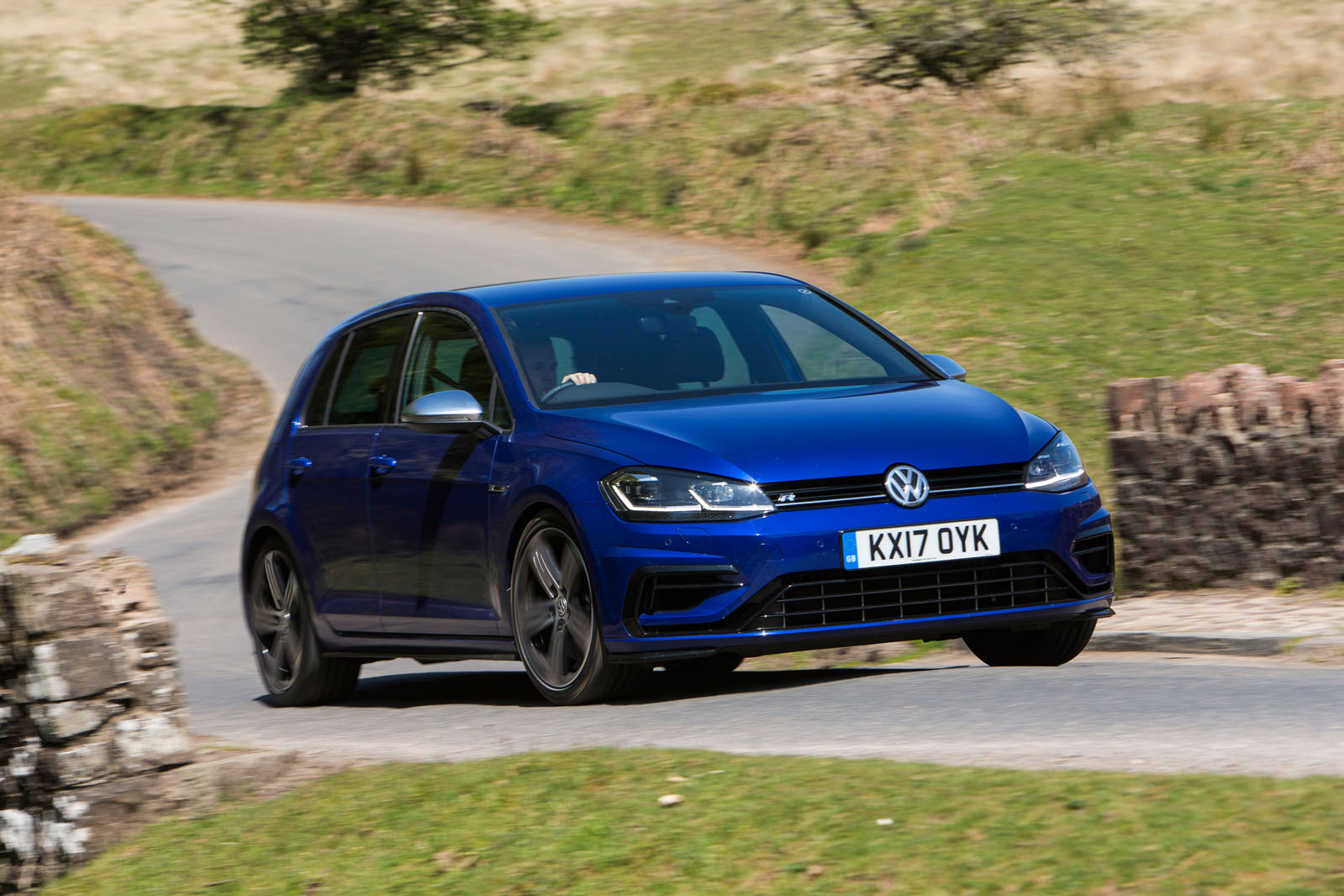
What's left to say in regards to the R, a lasting apparatus in this rundown and a rehash all-round contender for realworld cash? This time around at any rate, extensively, the auto is new, Volkswagen having treated it to an indistinguishable gentle facelift from whatever remains of the Golf line-up. Honestly, however, while this procedure changes the model's appearance and infotainment and partially builds motor yield, it stays particularly as some time recently. Which is to state splendid on the sort of inconspicuous and interminably remunerating scale that most standard autos enlist on just erratically – if by any stretch of the imagination.
Unsurprisingly, it doesn't blur in memory nor ever baffle on re-colleague. The Golf R, similar to the Porsche 911 or Range Rover or Mazda MX-5, is talked about regularly in our office since it gives the sort of benchmark we as a whole instinctually concede to. It is the sort of unending at-a-separate honeyed words that should damn the client to frustration when at long last come back to the sharp end. Be that as it may, rather, the same imperturbable grasp, muscular and substantive and spot on, ascends to meet you unfailingly. Normally, a sizeable component of this is the Golf's more extensive present for ergonomic accuracy – in spite of the fact that that scarcely represents the EA888 motor's brio or the unbiased resoluteness of the four-wheeldrive body or the startling consistence of the ride quality – all of which conspire in the impression of an auto in astounding summon of its dynamic resources.
Thus, its incorporation in the best five was never questioned for a minute. In the court of popular conclusion, the Golf R remains Exhibit A for the situation for both having your cake and eating it, and it would take just a somewhat weightier onus on esteem for cash for the auto to stand triumphantly at the highest point of this short rundown consistently.
3. Alfa Romeo Giulia Quadrifoglio
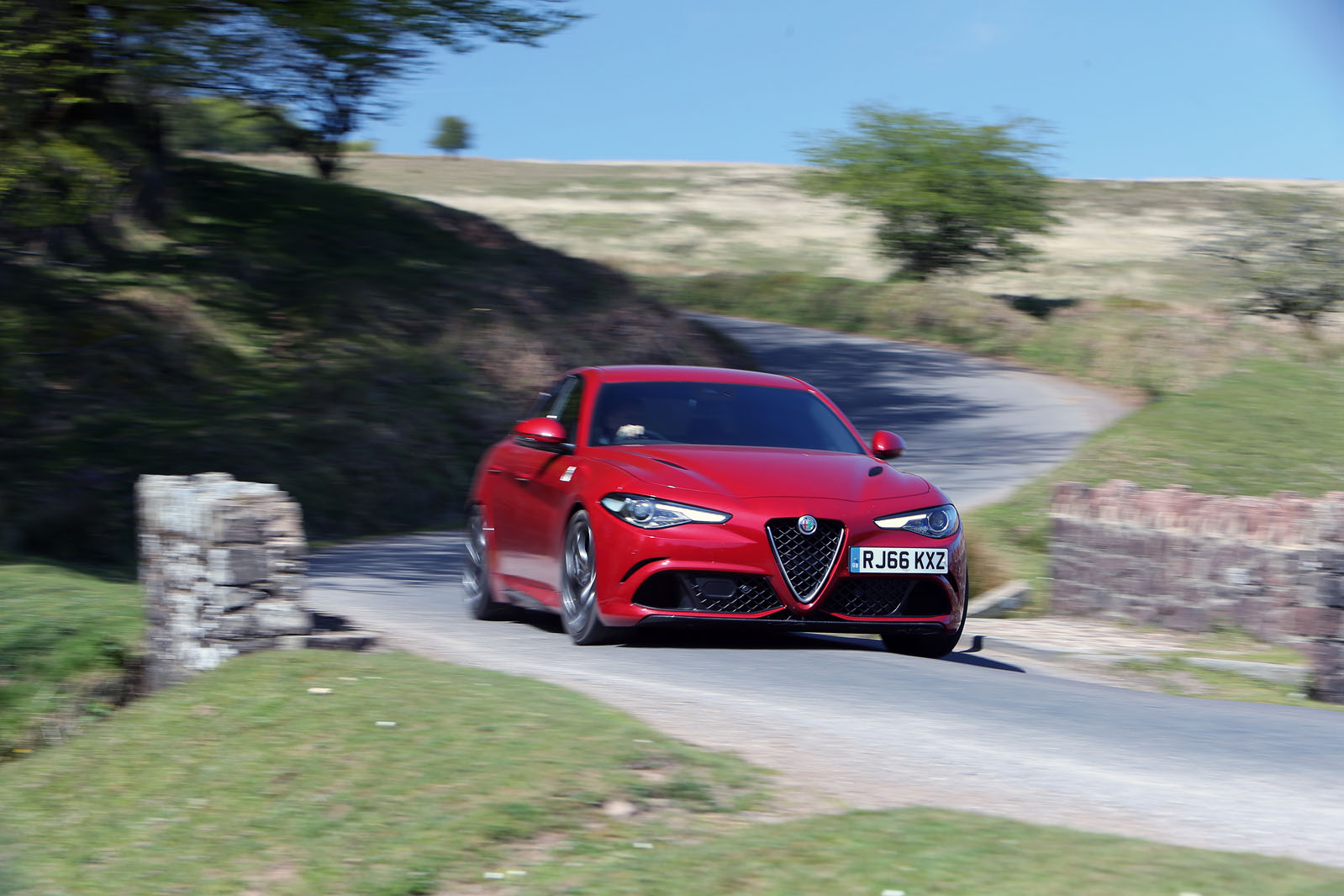
The most dumbfounding thing about the Giulia Quadrifoglio is that it comes about because of what could be known as a standing begin. Before the Giulia, Alfa Romeo hadn't constructed a back drive cantina for a considerable length of time. It hadn't dallied truly in V8 motors, either – and its current endeavors at energy far from the 4C were constrained to generally dreadful, worthless renditions of the Mito and Giulietta. Its underlying endeavor at matching the relentless BMW M3 and Mercedes-AMG C63 should by rights to have been a commendable disappointment at most, yet it isn't. It's as a long way from that as you could would like to get. It is overachievement. It undermines to be a legitimate Alfa: marvelous, imperfect and sincerely overwhelming.
That it figures out how to be any of these things is established in the Giulia's relentless advancement. Those rehashed comes back to the planning phase; the best down refusal to trade off on key components; the substantial obligation association of Ferrari engineers, each of them probably drenched in Maranello's bleedingedge way to deal with all things quick and feelsome. As unmistakably as a Porsche has gone through Weissach or a Renault through Dieppe or a Mercedes Affalterbach, so the Quadrifoglio feels a result of their info. The auto's controlling, as ethereal as blessed messenger wings, is nobly sharp. Its weightless energy is the counterpoint to the conscientiously serious German heave, and the Giulia's agile case has been prepared to react like a tuning fork, its course changes resounding with the same quick and liberated imperativeness.
On Exmoor, restricted to halfwaysane street speeds in awesome climate, the Quadrifoglio doesn't feel hampered by the plain strength of its back hub, either. In a solitary minute, it feels adjusted, guaranteed and energized at the same time. Obviously, in a similar minute, it likewise appears to be coldhearted to brake inputs, to a great degree parched, frustrating to the touch and hopefully estimated. Some of that is as natural as it is unwelcome, yet the Giulia's remarkable and sudden ability is definitely not.
2. McLaren 570S
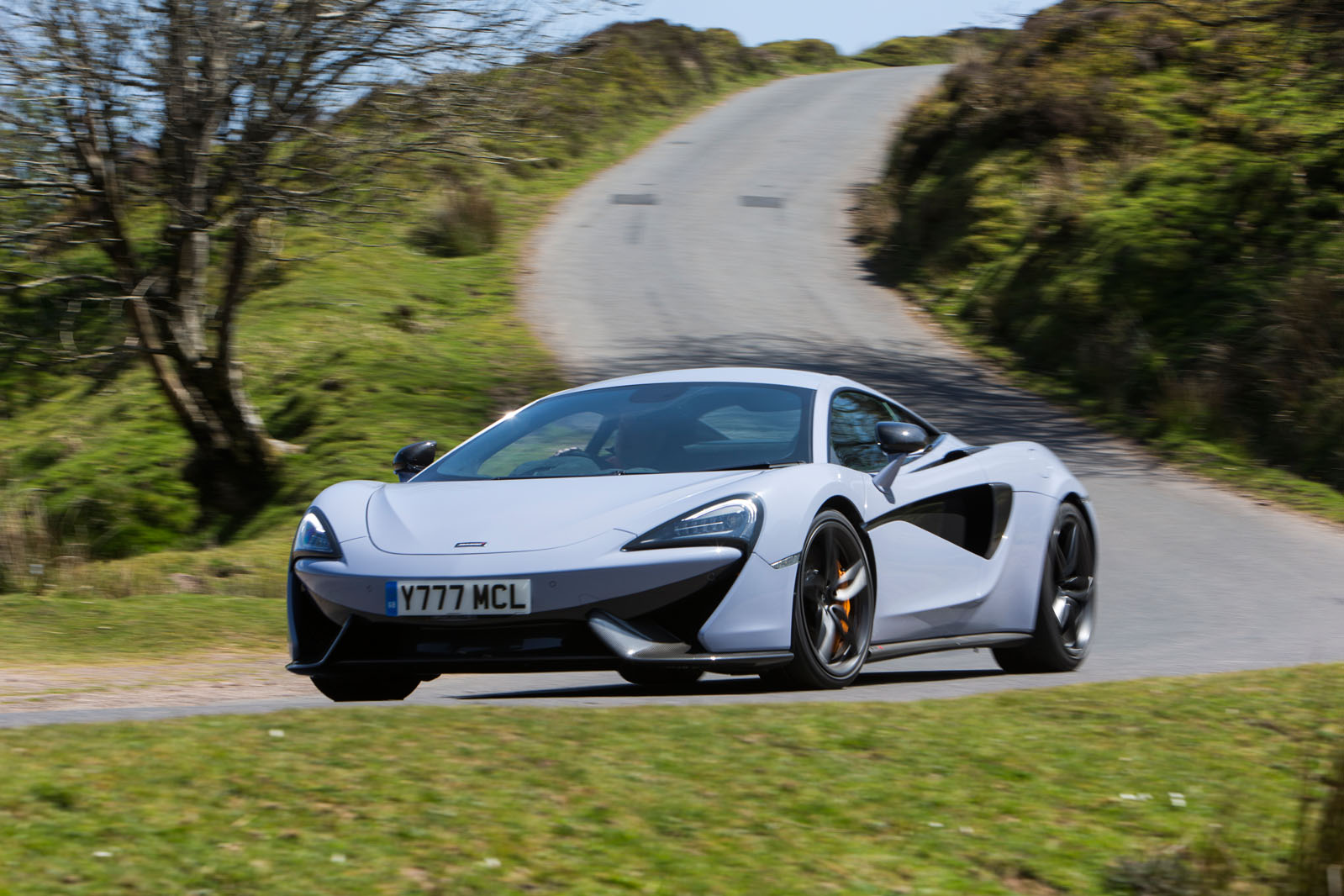
It doesn't typically pay to work with brave auto picture takers, however this was one of the uncommon events when it did. Snapper Luc Lacey had picked a squirm of landing area he loved the look of for our street test shoot on the fresh out of the plastic new McLaren 570S. It was some place none of us had been some time recently.
Ordinarily, it was a street cut into the side of a Welsh mountain and, on the morning we were there, it was being slammed by some horrendous conditions. I watched the mists and rain exploding and twirling the valley towards us and marveling when Halle Berry would show up in her X-Men get-up. I additionally recall considering: "This isn't precisely supercar climate." Well, it relies upon the supercar.
We investigated the streets close-by before breaking on with the photographs and found a tight, rutted, potholed, halfway unmarked B-street, bits of it mid-repair. It was the sort of street you may envision would be just as inconsistent with the happiness regarding an advanced mid-engined McLaren as the climate seemed to be.
However, no. What the 570S started doing that morning was exhibiting precisely how usable it could be. How spongy and excusing its suspension could be when left in Normal mode. How the auto's amazingly exact, consummately weighted, reliably paced and delightfully open controlling enabled it to deal with a tight mountain path with a dangerous surface (and a cliff just past the white paint) with the guaranteed feel of a truly awesome 1980s hot hatchback.
The auto appeared to have all the hold and body control it required – even with 562bhp to transmit onto wet landing area through Pirelli P Zero Corsa tires – but not a piece of excessive touchiness or apprehension. Stunning. What's more, I was in stunningness incompletely in light of the fact that, a day already, I'd done coordinated execution keeps running of the same 570S for our street test and saw it do things that autos at twofold its value level may battle to coordinate.
It's one thing to have the capacity to convey a mid-engined supercar with a carbonfibre tub at a cost that many would rich on an exceptionally particular games auto, yet very another to make it as comprehensively gifted and as certainty motivating a supercar as the 570S may be. I'd driven the P1 a few years prior; I've driven the 570GT and 720S since; regardless I think the 570S is most likely a more prominent blessing to the auto adoring world than any of them. It has a craving for everything that is splendid about the way McLaren makes autos, decreased and refined down to its most straightforward, moderate and engaging.
1. Porsche 911 GTS
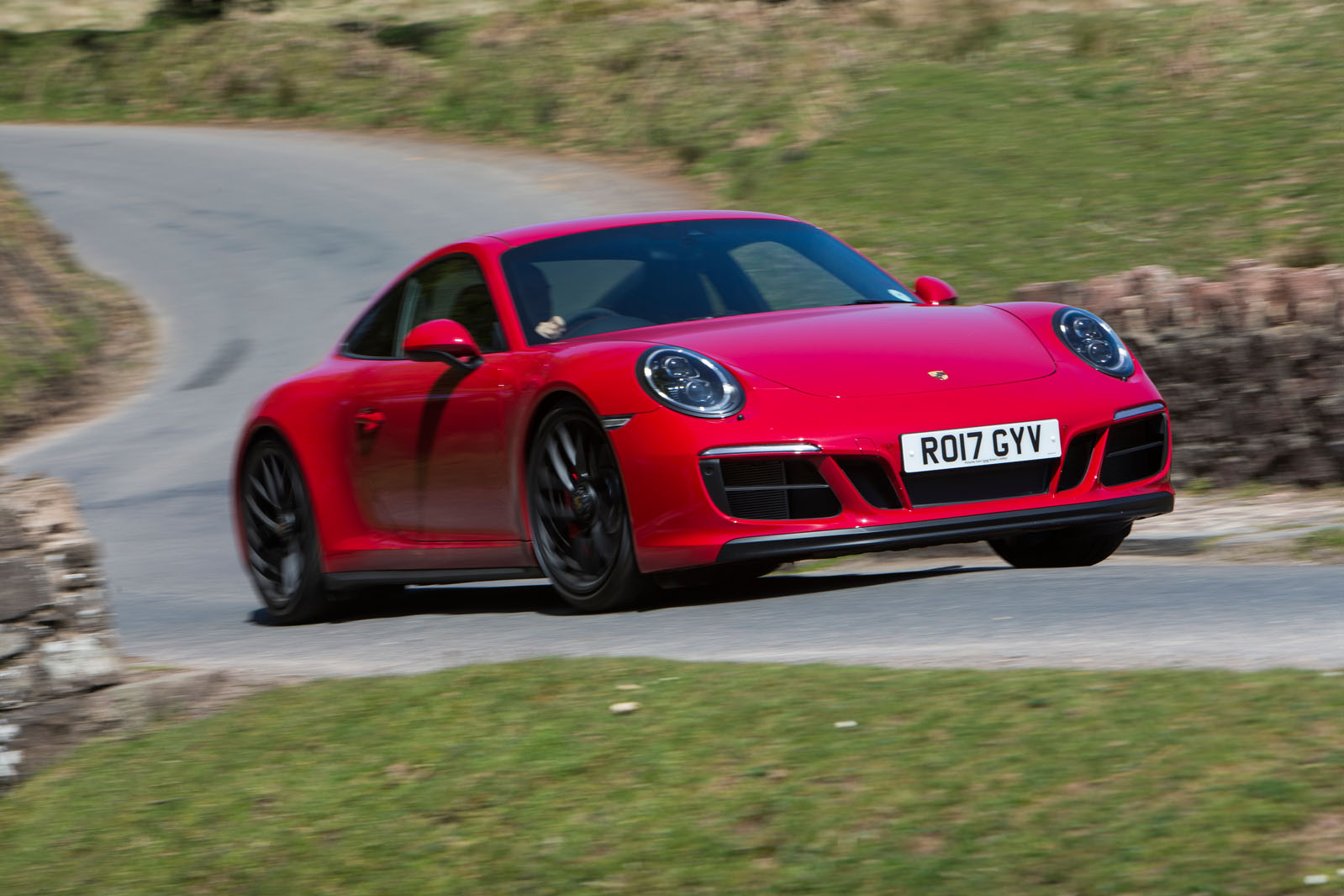
Despite appearances, the Porsche 911 GTS has not won this challenge to locate our most loved auto discounted. The GTS range can be thought of as a container of chocolates, loaded with various flavors, shapes and surfaces. A Targa here, a convertible there. A four-wheel-drive adaptation hiding in the corner by the PDK. You can fly the same number of in your mouth as you like yet no blend will be as mouth-wateringly heavenly as the least difficult and best: this challenge has been won by the base-spec GTS – the manual, raise wheel-drive car on this page, and that by itself.
For whatever length of time that the client has had a choice of 911s to pick between (which is the greater part a century now), less has quite often implied more. It is as though the minute you begin to tinker with the fundamental rightness of the first idea other than to include speed, some of that virtuoso is lost and the auto's allure is lessened.
The interest of this GTS is the same as that of past 911s to wear the identification, reawakened on another level of capacity. However, were it only an incredible driver's auto, it would have stood zero chance of fixing this rundown. As fans, we as a whole need an auto that will turn each awesome drive on a forsook nation street into an exceptional affair. In any case, in our souls, we likewise realize that those drives constitute under 1% of our time out and about; and if the auto's not taking a shot at the 99% of events when we'r







